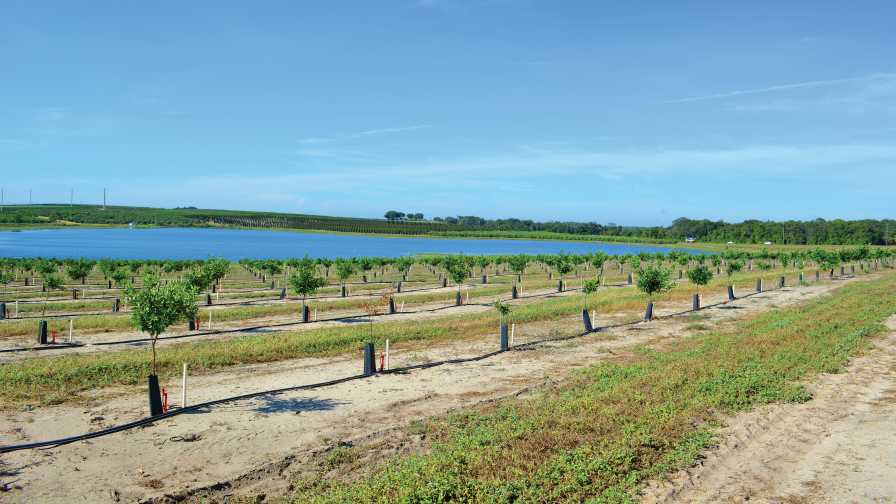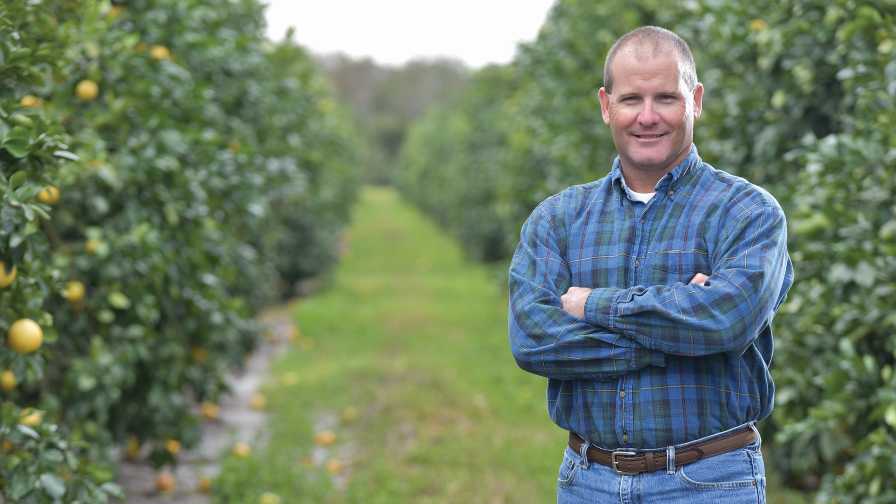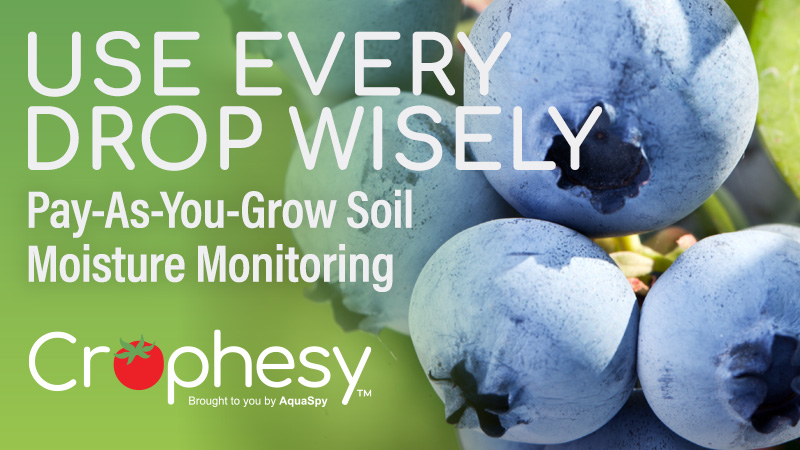The Pursuit Grows to Build Organic Matter in Citrus

Did you know citrus greening can reduce fibrous-root density 30% to 50% before symptoms become visible above ground?
Photo by Frank Giles
Florida citrus growers have always understood the importance of soil health and the positive influence of microbial activity and diversity in production. As citrus greening (also known as HLB) has spread, reducing production by more than 70%, interest in how these tiny organisms can improve root health is increasing. Research showing the disease, which is spread by the Asian citrus psyllid, can reduce citrus fibrous-root density by 30% to 50% before symptoms become visible above ground only intensifies the interest to learn more.
Soil microbiology thrives best in soils that are higher in organic matter. The sandy soils of the Sunshine State have minimal water- and nutrient-holding capacity. Root systems reduced by citrus greening combined with sandy soils are a poor combination for tree health and ultimately citrus yield and quality.
With that in mind, the Citrus Research and Development Foundation awarded Dr. Sarah Strauss, an Assistant Professor of soil microbiology with UF/IFAS, funding for a three-year study to investigate how citrus row-middle management could improve soil and tree health. As principal investigator, Strauss and fellow researchers will look at cover crops and how they can help build organic matter in soils and improve the environment for microbial diversity, beneficial bacteria, and other organisms to help retain moisture and uptake of nutrients. The crops also could help with weed control by crowding them out via competition.
“There are a number of growers who already are using cover crops or are interested in using them in citrus,” Strauss says. “There are some reports from growers that cover crops are helping their groves look great. HLB is driving growers into areas they might have not been comfortable trying before, and I think this is the case with cover crops. So this research project will develop some data around what is happening with cover crops.”
The study will evaluate a summer season and winter season cover crop planting. The summer mix will include buckwheat, brown top millet, sunflower, and sun hemp. The winter mix will include daikon radish, winter rye, and other crops. Nitrogen-fixing crops will be in the mix to provide a fertilizer benefit to the citrus.
Eco Mowing
In Brazil, growers use a practice called eco mowing, where they sling the cover-crop clippings underneath the tree to create a compost.
“Ultimately, it would be nice to try a project where we plant cover crops all the way up to the citrus tree trunks, but I think that might be a little too outside of the box even for our situation with HLB,” Strauss says. “So, we are going to look at eco mowing as a way to get the plant material close to the tree trunks and under the canopy to build the organic matter there.”

IMG Citrus Production Director Brian Randolph is applying compost to a new planting to build up soils to retain moisture and nutrients better.
Photo courtesy of IMG Citrus
Minding the Middles
Brian Randolph, Production Director for IMG Citrus, is a believer in building organic matter and sustaining an environment for microbial diversity in soils. Recently, the company has put in new plantings in Lake County, FL.
Given the sandy soil where the new blocks are going in, he says they first wanted to build up an organic base by applying 4 tons of treated compost per acre before planting, with a plan to add 2 tons per season for the foreseeable future.
“The compost will increase the exchange capacity of the soil and give it better holding and uptake of the fertilizers we apply,” he says. “The question is when do we stop applying the 2 tons of compost each year? When we see earthworms in the soil? I am not sure. But for now, we will be adding compost each year.”
Randolph also likes the compost because it establishes a foundation for beneficial microbes to live in the soil and root zone. He supplements this with applications of microbes and other biostimulants. The number of commercially available microbial and biostimulant products is on the rise as the industry and growers learn how to better incorporate them into their production programs.
When the trees are three-years old, Randolph will have sub-surface drip tape installed down the middle of the rows to apply water and fertilizer to support roots beyond the tree-trunk area.
“Back with old, lower-density groves, you could go out to the middle of a 50-foot bed and shovel up as many fibrous and feeder roots as you wanted,” he says. “Going to the higher density, we have to ask ourselves, what are we missing horticulturally? I think we cannot discount those citrus roots in the middle, so that’s why we are putting in the sub-surface drip tape at year three.”
So how do you know cover crops and compost are making a difference? Strauss says she hopes the three-year research project will shed light on the question. One quick method is to dig around the trees and look for worms. Worms thrive in soil environments with good organic matter and microbial diversity.
“Earthworms are a good sign,” she says.










